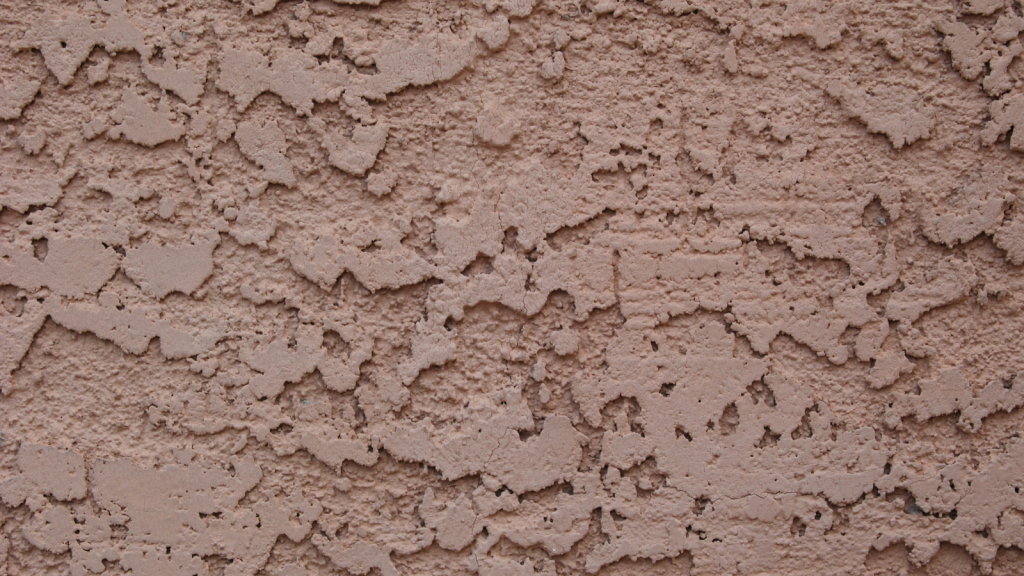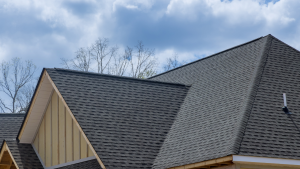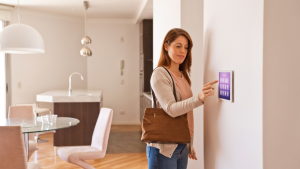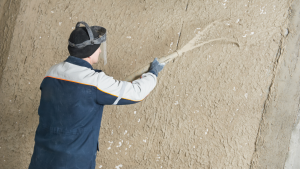Stucco has long been celebrated for its versatility and classic appeal as an exterior treatment for homes. Thanks to advancements in materials and techniques, homeowners today have a wealth of options to explore, ranging from innovative textures to a wide spectrum of colors. In this blog post, we’ll delve into the most popular stucco textures, offer tips on blending textures and colors for a cohesive look, outline the process for changing stucco texture, and explore the various types of stucco available today. Prepare to be inspired by the latest trends and ideas for refreshing your home’s exterior.
Get in touch with the experts at Jersey Shore Stucco to arrange an inspection today. Don’t wait until your stucco damage worsens. Quick action is essential to avoid additional issues. With our precise application of Stucco Today, your surfaces will look beautiful and last for a long time.
What Is the Best Texture for Stucco?
Selecting the best stucco texture for your home involves considering both your personal taste and your home’s architectural style. Here are some of the most popular stucco textures to help you make an informed choice:
- Smooth Finish: Characterized by its sleek and modern appearance, the smooth finish provides a clean, sophisticated look. It’s perfect for contemporary and minimalist homes, offering a polished surface that can be painted in any color for a refined finish.
- Sand Finish: Also known as a float finish, this texture features a grainy, sandy surface that lends a classic, timeless appeal. It complements a variety of architectural styles and provides a subtle yet elegant aesthetic.
- Lace Finish: This texture features an intricate, lace-like pattern that adds depth and visual interest to the exterior. Ideal for traditional and Mediterranean-style homes, the lace finish gives a distinctive and ornate look.
- Dash Finish: Created by splattering stucco onto the wall, the dash finish offers a rugged, textured appearance. It’s particularly suited for rustic and Southwestern-style homes, giving the exterior a rough, natural look.
How to Combine Textures and Colors for a Space You’ll Love
Achieving a harmonious exterior design involves thoughtfully combining textures and colors. Here’s how to create a visually appealing and cohesive look:
- Choose a Base Texture: Start with a primary texture that complements your home’s architectural style. For instance, a smooth finish might be ideal for a modern house, while a sand finish could enhance a more traditional look.
- Incorporate Accent Textures: Introduce different textures for accent areas such as columns, arches, or window trims. This approach adds visual depth and interest, making your design more dynamic.
- Select Complementary Colors: Opt for a color palette that enhances your home’s style and surroundings. Neutral shades like beige, gray, and white offer timeless appeal, while bold colors such as terracotta and deep blue can create striking contrasts.
- Consider Light and Shadow: Different textures interact uniquely with light and shadow. Evaluate how sunlight impacts your home throughout the day and choose textures that highlight these natural variations.
How to Change the Texture of Stucco
Updating the texture of your stucco involves a series of steps that require some expertise. Here’s a simplified guide to the process:
- Preparation: Begin by cleaning the stucco surface thoroughly. Repair any damage or cracks to ensure a smooth base for the new texture.
- Apply a Bonding Agent: Use a bonding agent to ensure the new stucco layer adheres well to the existing surface.
- Apply the New Stucco Layer: Spread a fresh layer of stucco over the old surface. Use various tools and techniques, such as trowels, brushes, or sprayers, to achieve the desired texture.
- Cure and Paint: Allow the new stucco to cure, which may take several days. Once cured, apply paint in your chosen color to complete the transformation.
Types of Stucco: New Color and Texture Possibilities
Today’s stucco options offer diverse colors and textures to suit any style. Here’s a look at the different types available:
- Traditional Stucco: Made from a mix of cement, sand, and lime, this type offers durability and a natural, earthy look. It’s available in various textures and can be painted in any color.
- Synthetic Stucco (EIFS): This modern alternative features a multi-layered system that includes a foam insulation board and a synthetic finish. It provides extensive customization with a range of textures and colors.
- Acrylic Stucco: Known for its flexibility and resistance to cracking, acrylic stucco is available in numerous colors and can be applied in various textures.
Conclusion
Exploring new color and texture possibilities for stucco can transform your home’s exterior into a true reflection of your style. Whether you prefer a sleek, modern look or a textured, traditional finish, stucco offers endless customization options. By thoughtfully combining textures and colors, you can create a space that will delight for years to come. Embrace the versatility of stucco and let your creativity shine as you give your home a fresh, new look.
Ready to embark on your stucco transformation journey? Consult with an expert to determine the best choices for your home and bring your vision to life with the latest stucco finishes.




